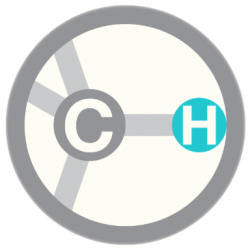Authors: Huw M. L. Davies , Qihui Jin , Pingda Ren , and Andrey Yu. Kovalevsky
J. Org. Chem.,
2002, 67 (12), 4165–4169
Tetrakis[N-[4-dodecylphenyl)sulfonyl]-(S)-prolinate]dirhodium [Rh2(S-DOSP)4]-catalyzed decomposition of methyl aryldiazoacetates in the presence of substituted ethylbenzenes results in benzylic C−H activation by means of a rhodium−carbenoid-induced C−H insertion. A Hammet study showed that positive charge buildup occurred on the benzylic carbon in the transition state of the C−H activation step. C−H activation of toluene and isopropylbenzene is possible, but a competing double cyclopropanation occurs with these substrates. The C−H activation is highly regioselective and enantioselective, and in certain cases, moderate diastereoselectivity is also possible.


